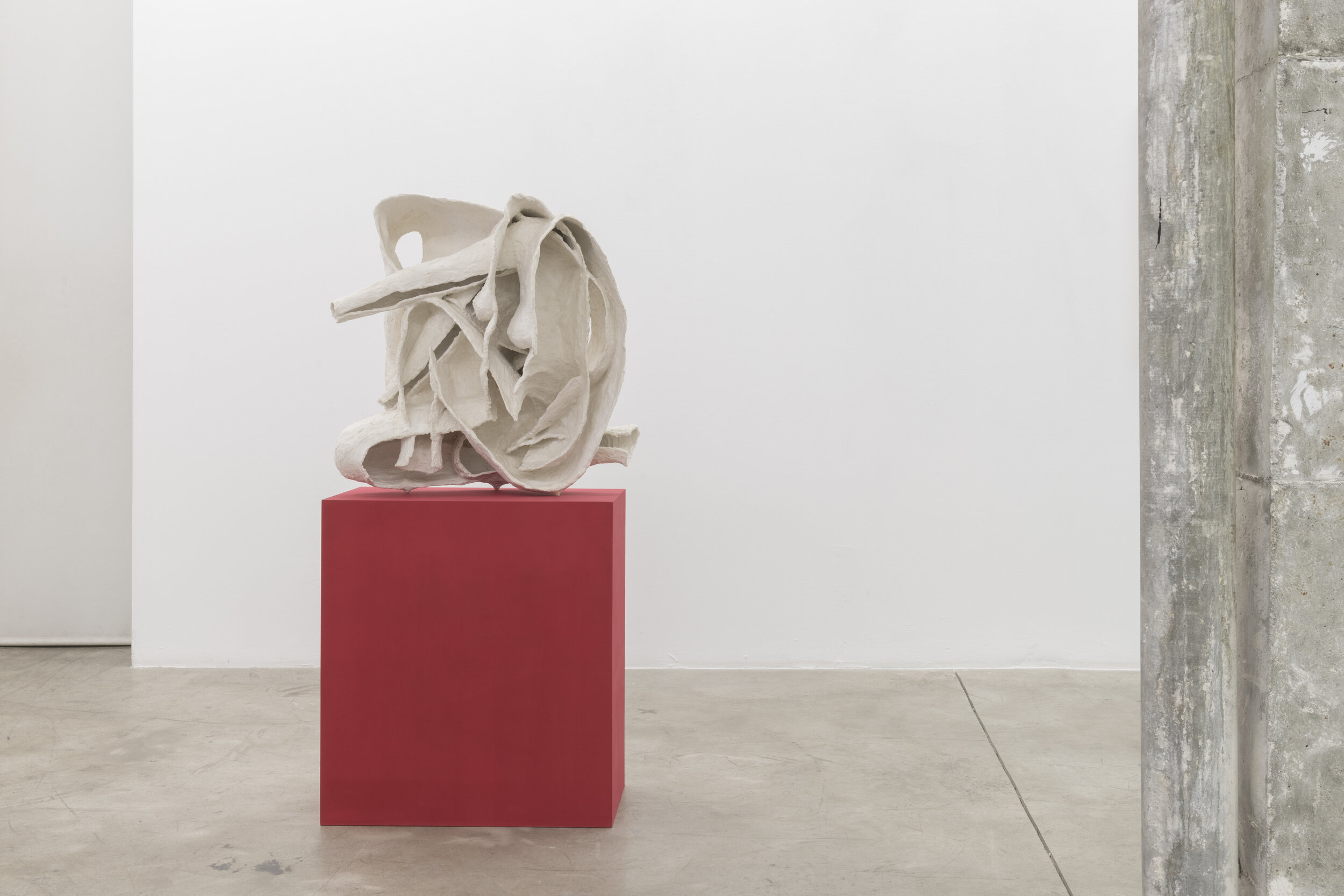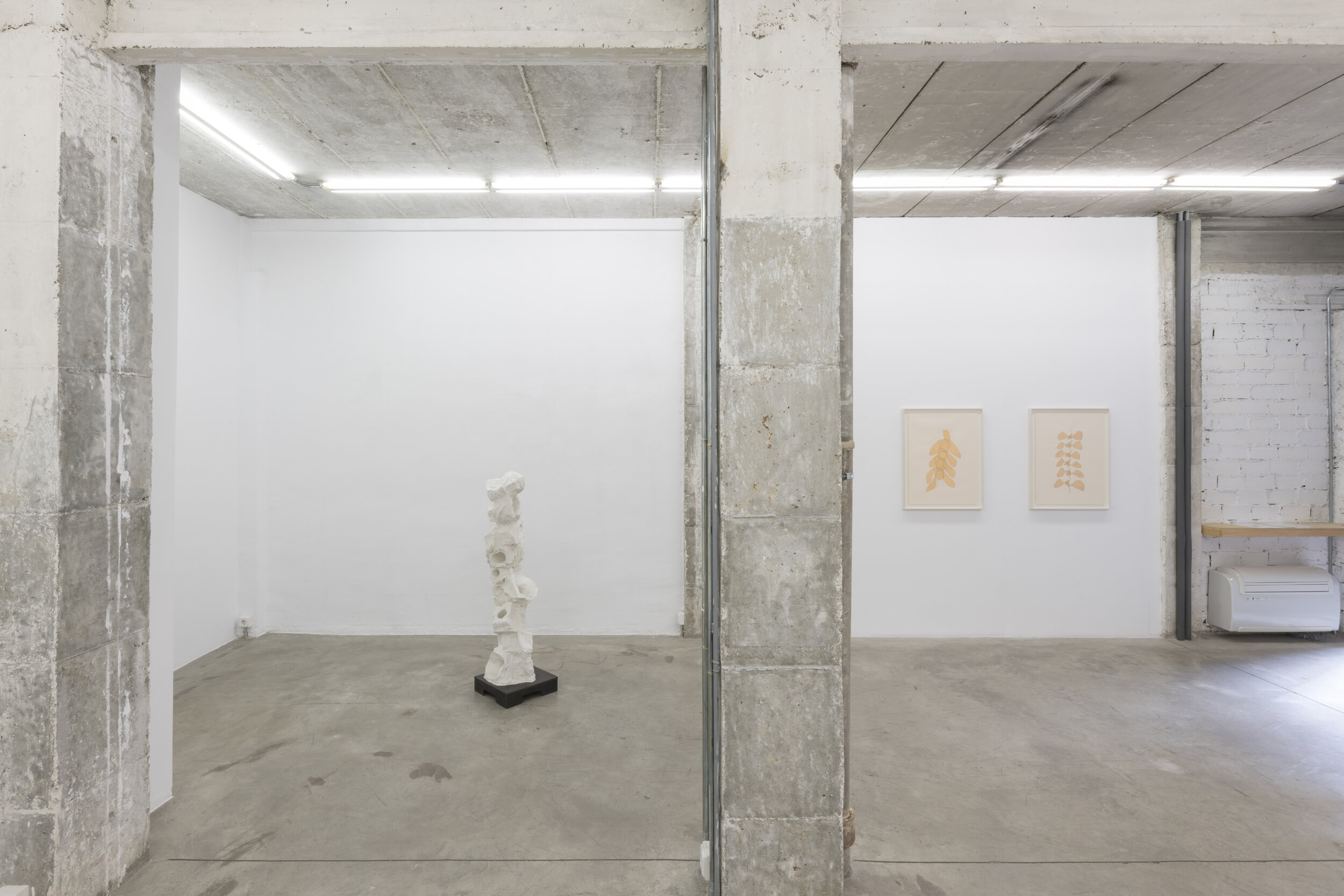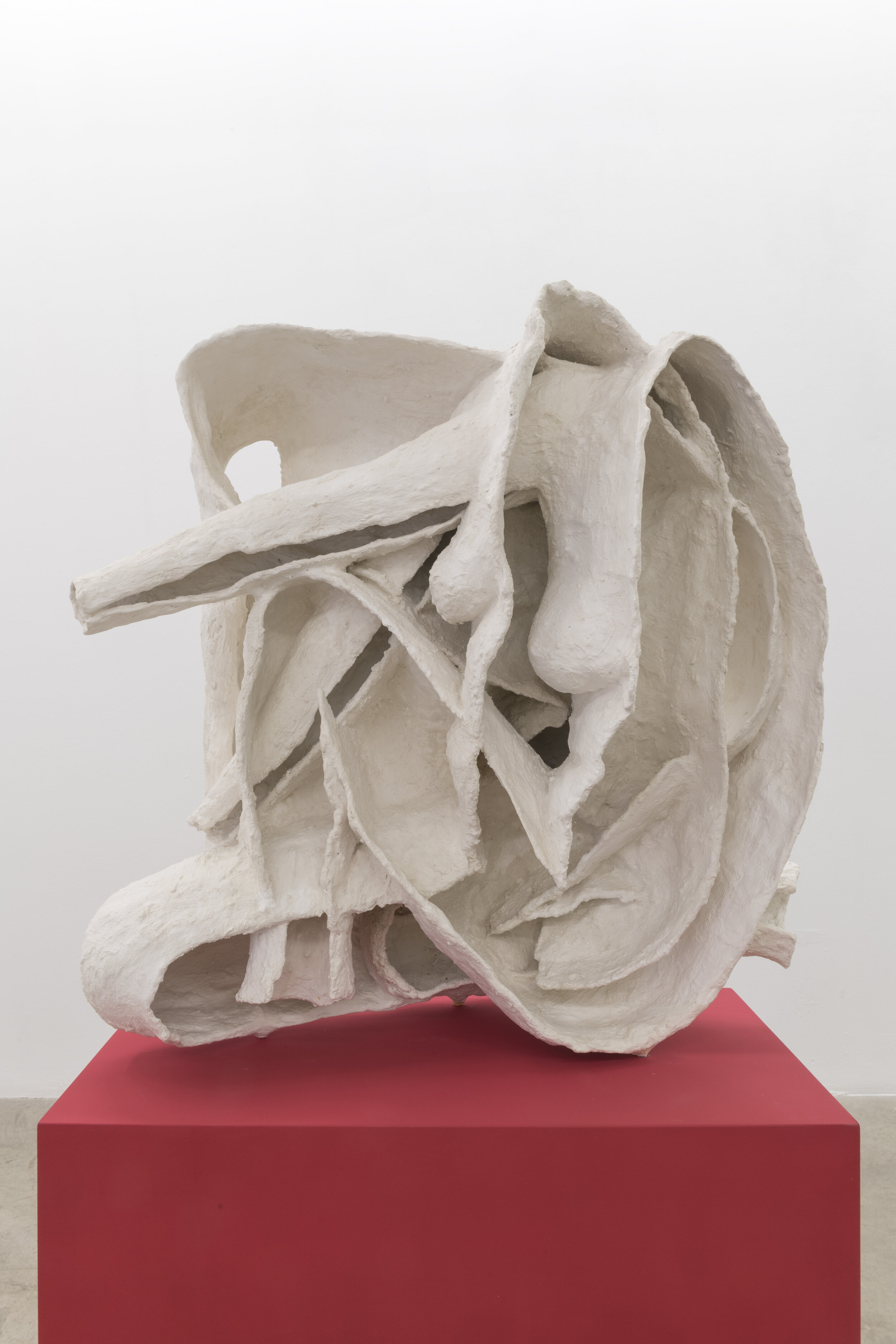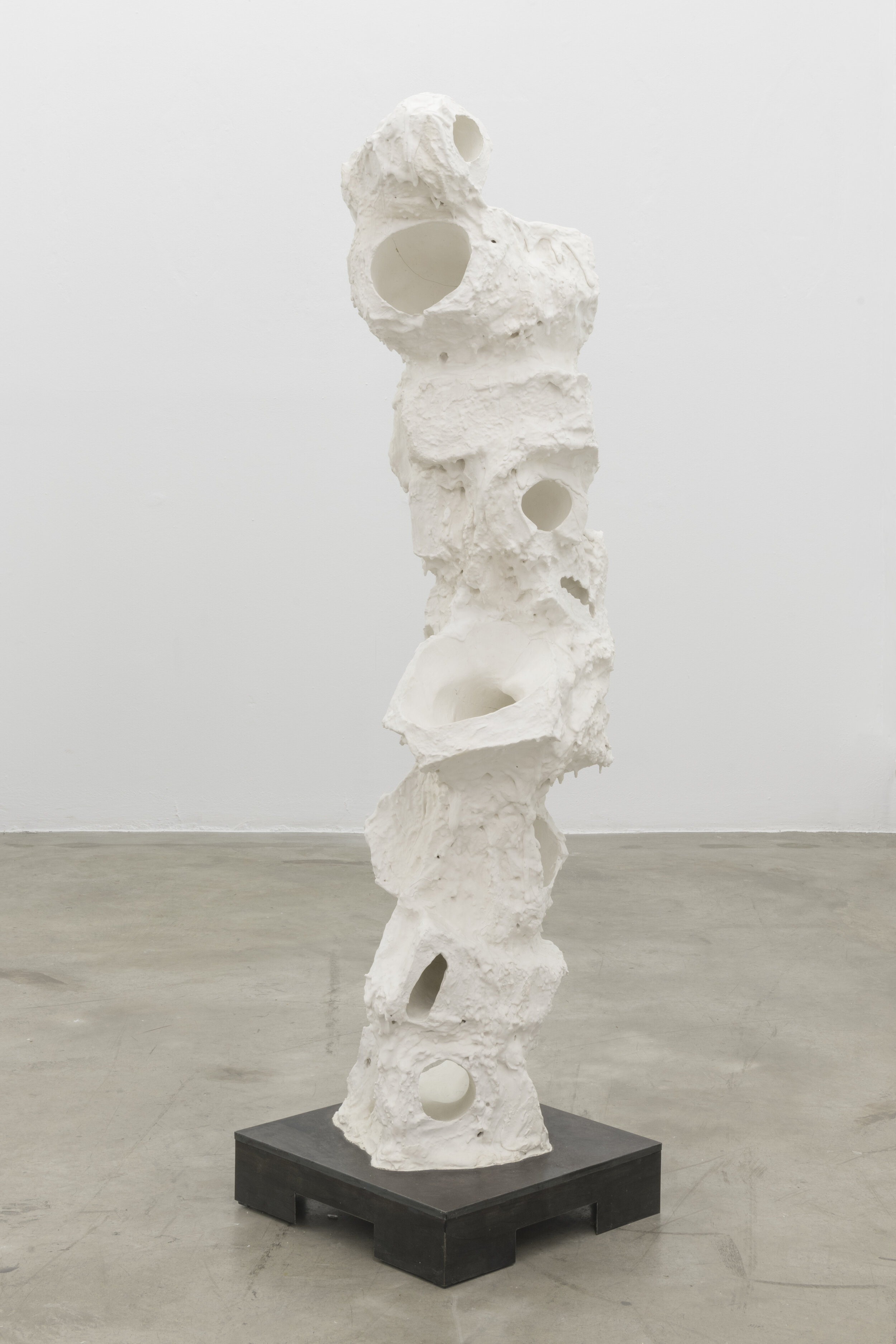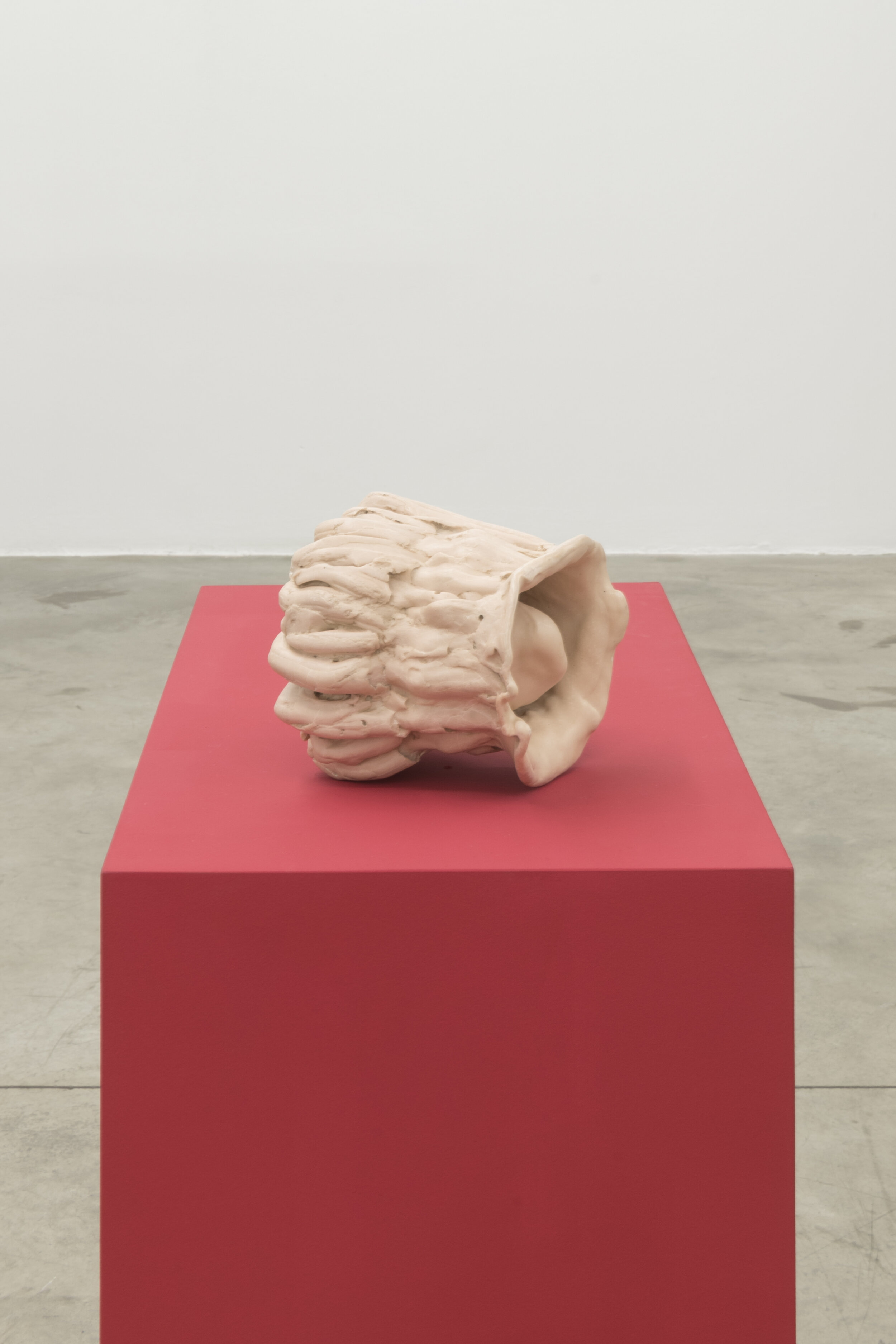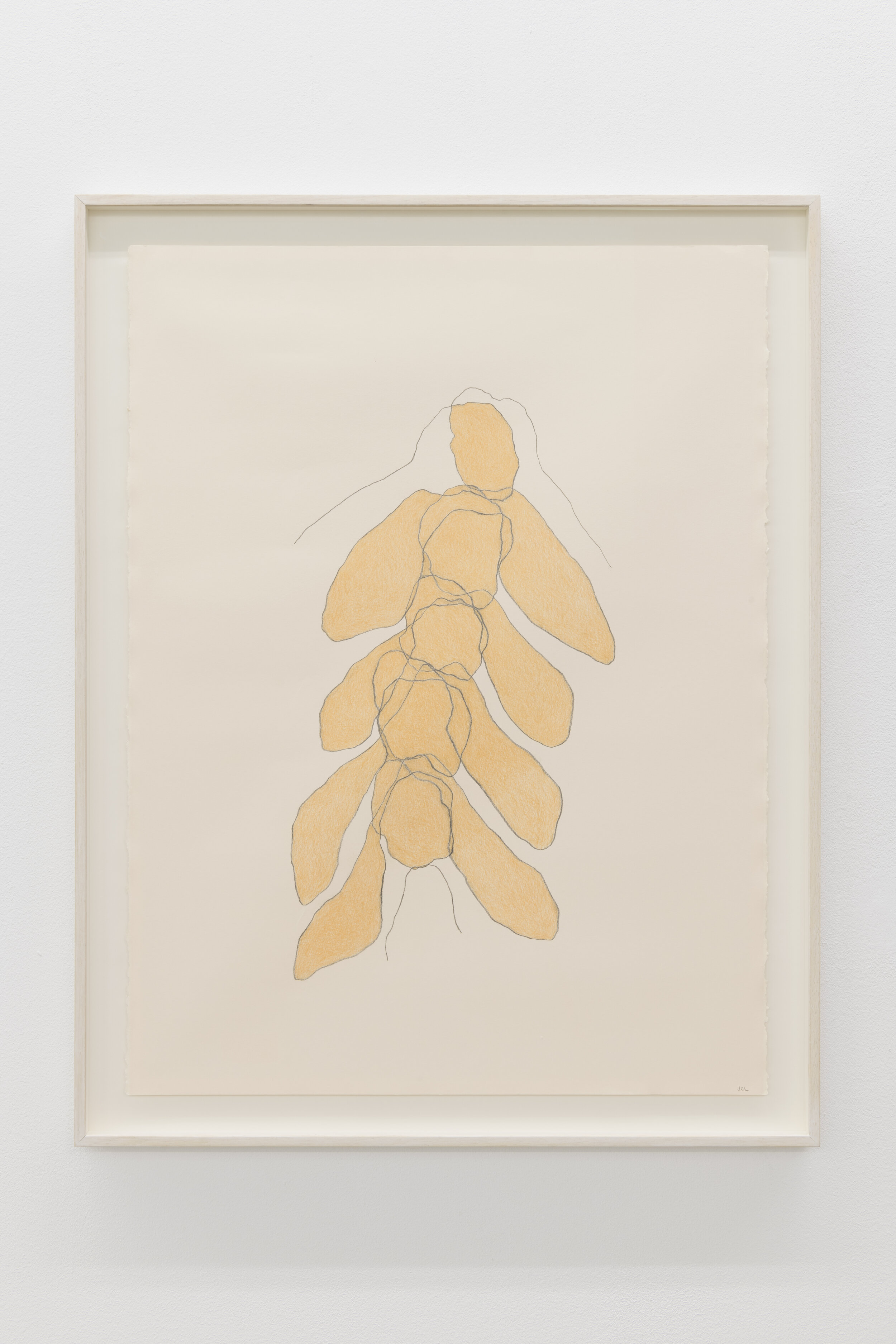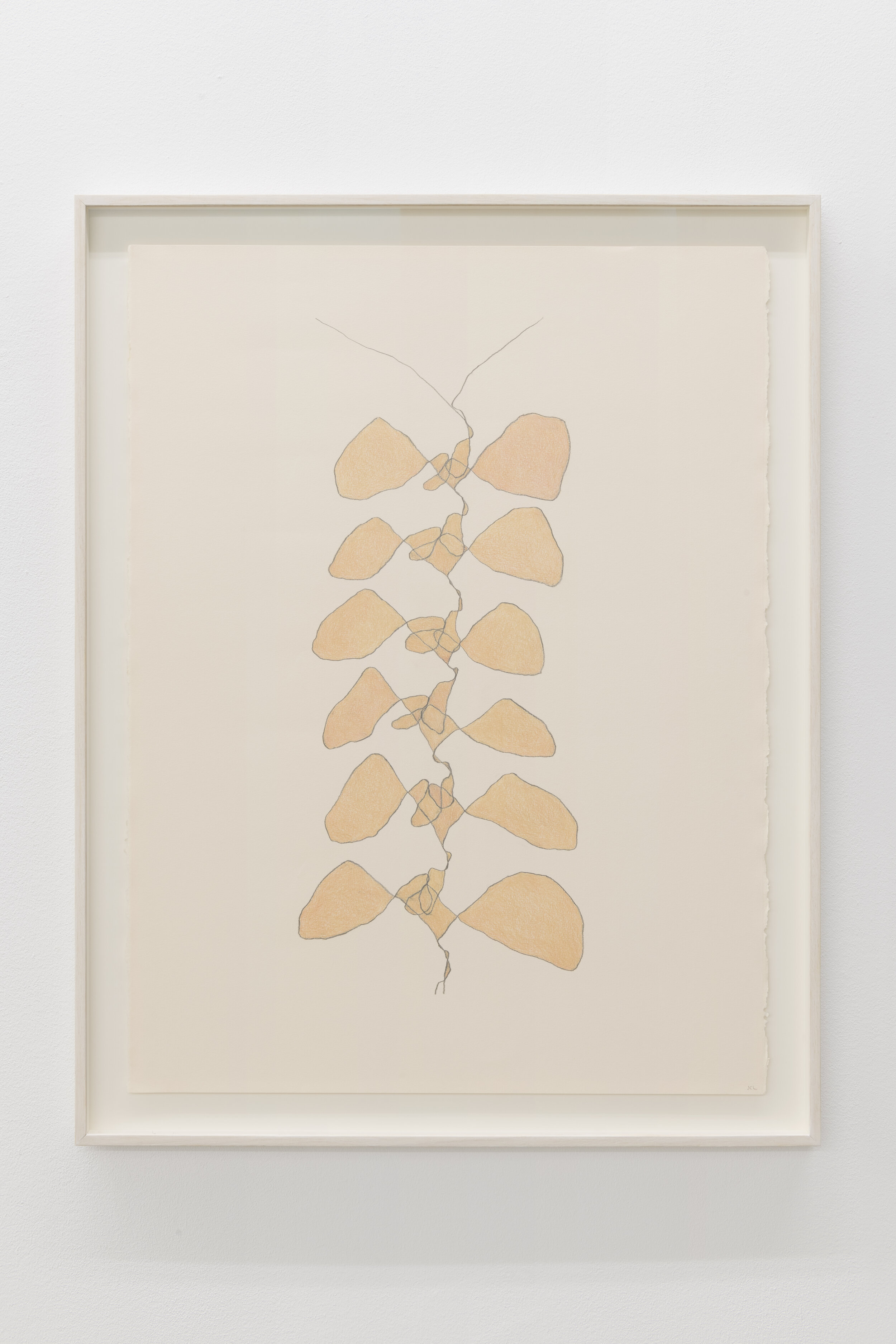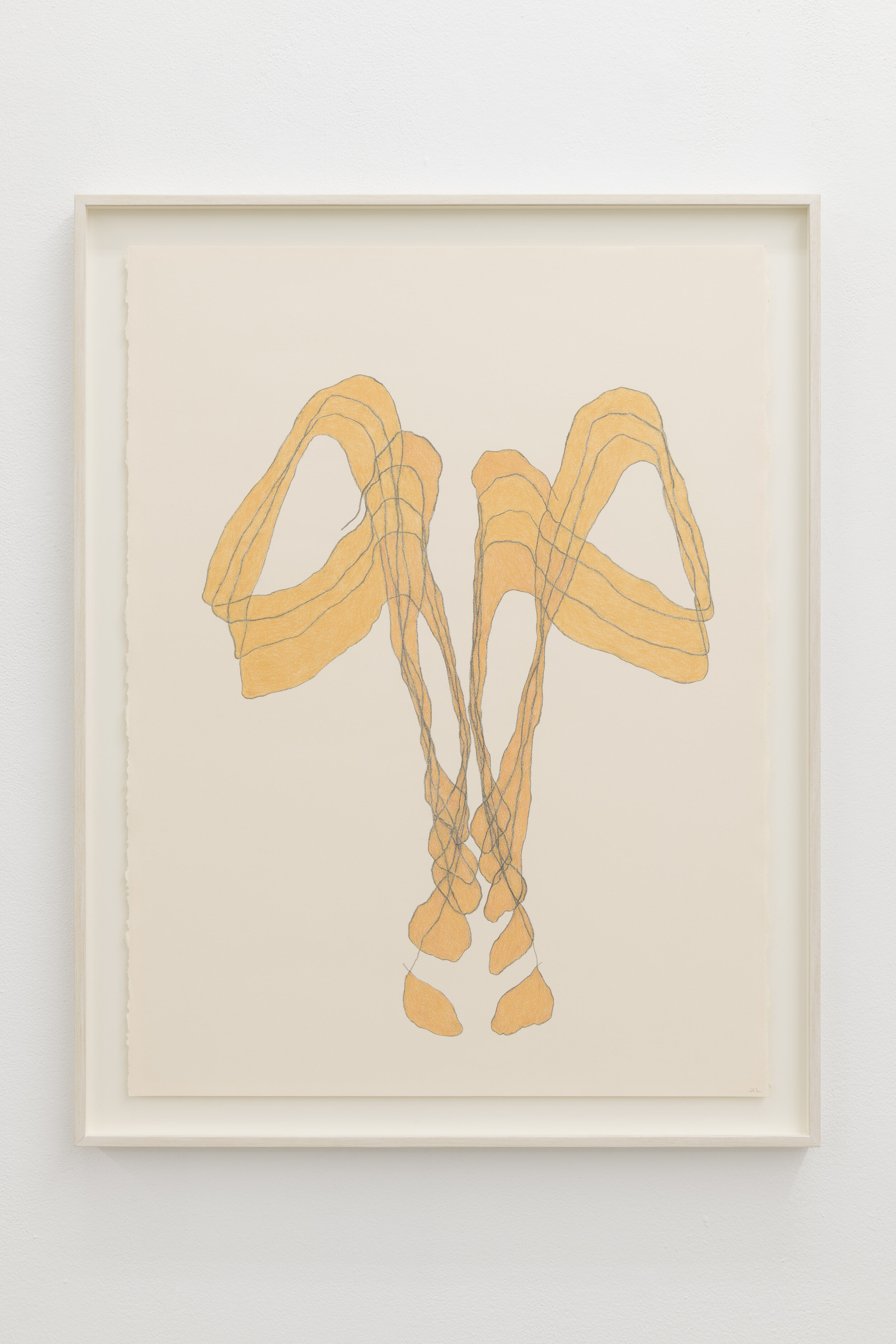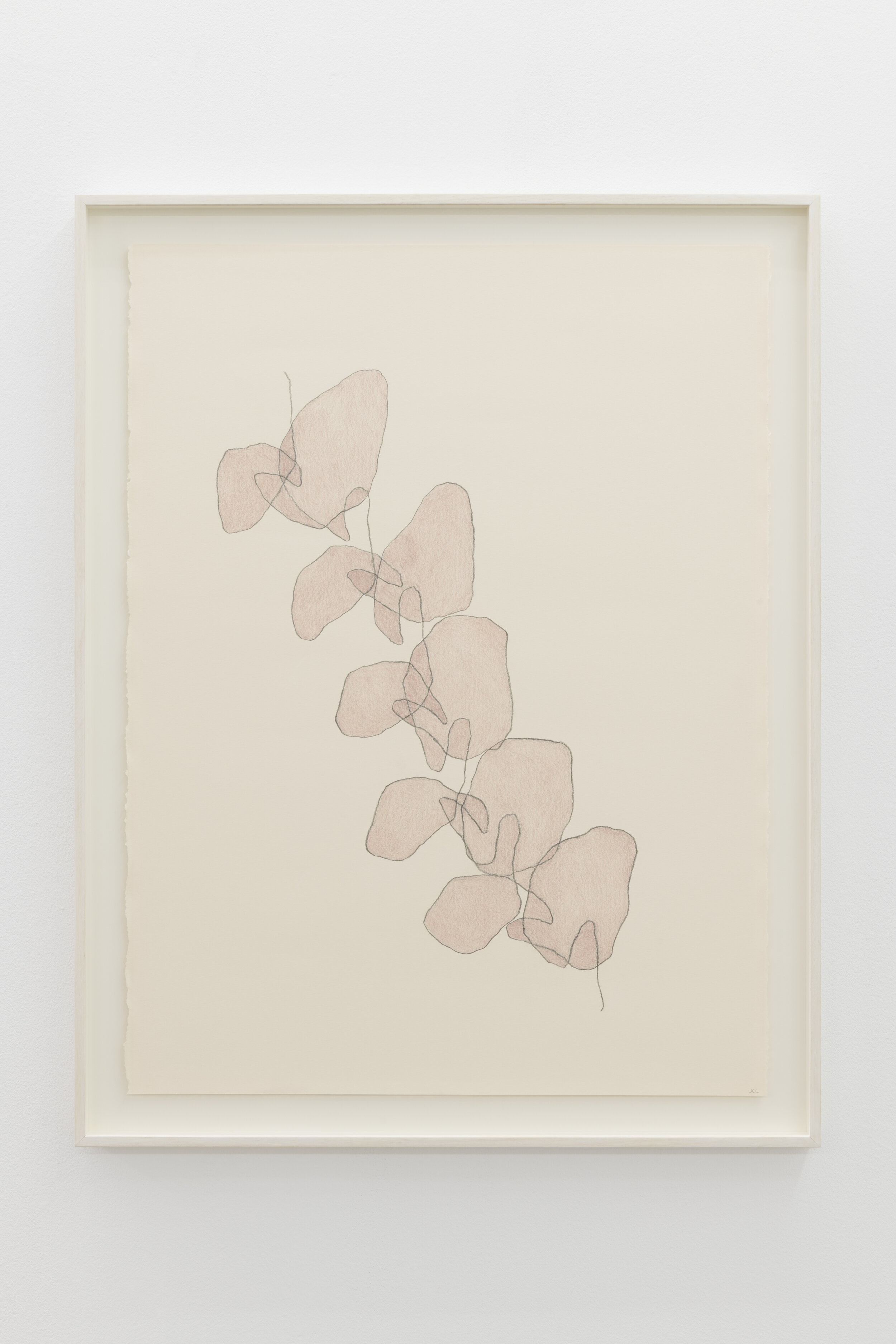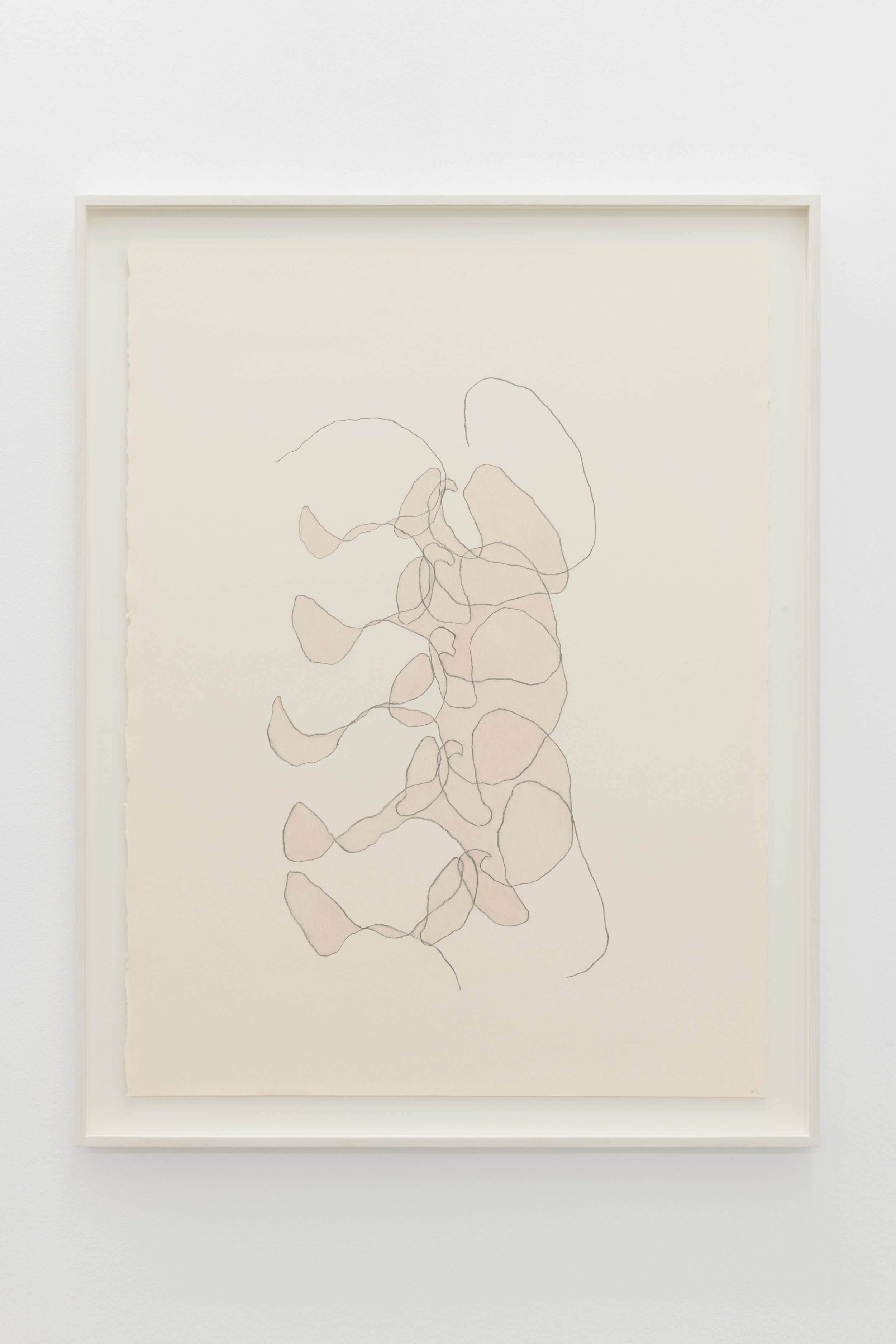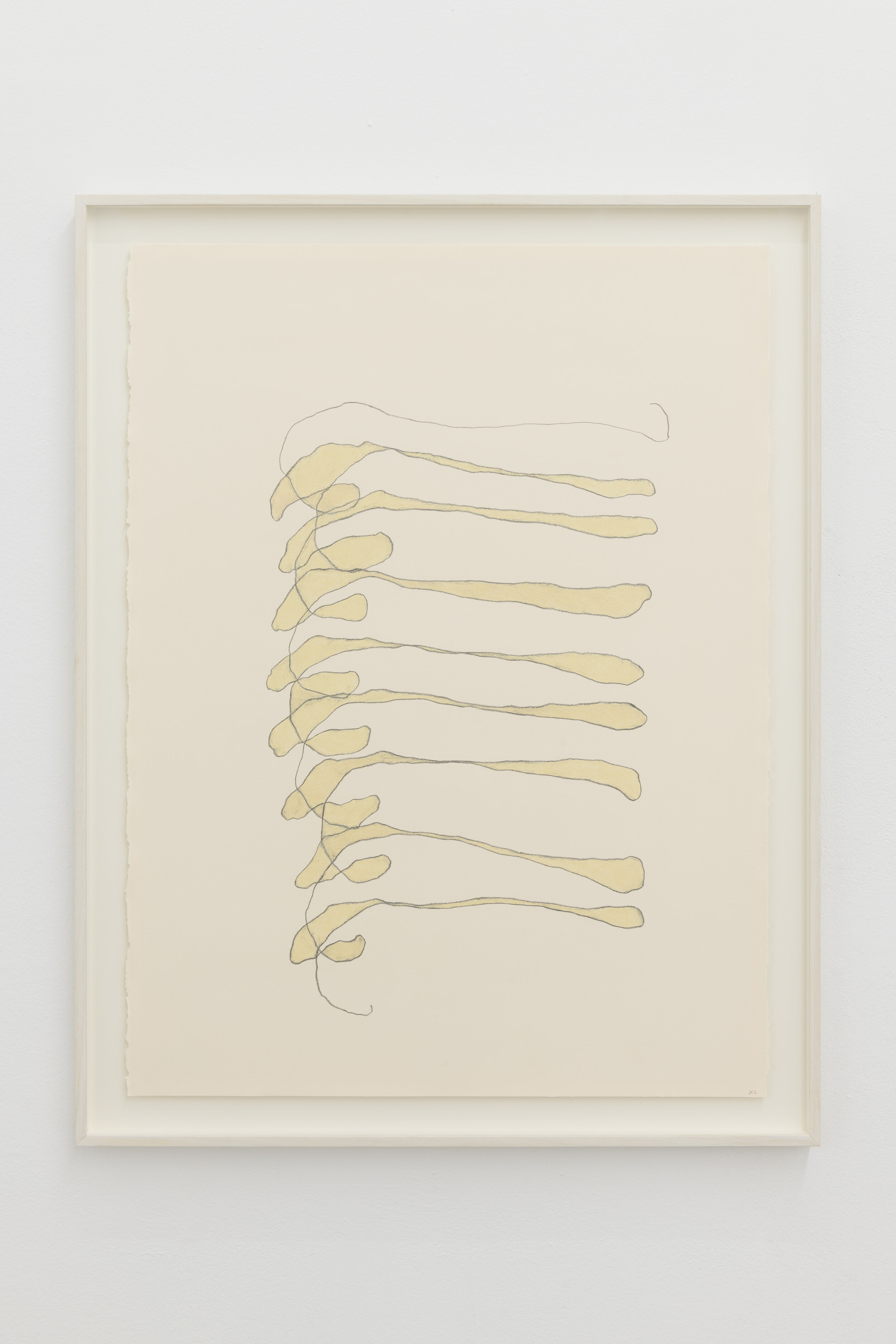THE SWAMP OF FOREVER, CHAPTER 4: ORIGIN
NOGUERAS BLANCHARD, MADRID, feb 06 - Apr 03. 2021
THE SWAMP OF FOREVER, CHAPTER 4: ORIGIN
February- April 2021
Nogueras Blanchard, Madrid
Exhibition view
THE SWAMP OF FOREVER, CHAPTER 4: ORIGIN
I have few memories as sad as that of the grief that the death of Artax, Atreyu’s horse, gave me as he plunged hopelessly into the Swamps of Sadness. I still feel a little lump in my throat. He could understand that after having traveled the Silver Mountains, the Desert of Lost Hopes, and the Eribo Crystal Forests, they were both exhausted. But what he couldn’t tolerate is that Artax wouldn’t even want to try; to reject Atreyu’s help in such an impassive way, despising his attempt to save him but above all leaving him alone in his desire to stay alive.
I don’t think I’m the only one who has felt like Artax at some point this past year. Intermittently, the situation has confronted us with moments of utter indolence, when not of deep sadness. While this was happening this exhibition cycle of the Swamp of Forever was postponed indefinitely, self-fulfilling its name as if it were a prophecy that never intended to be; turning time around like a sock and making the last chapter of the cycle, Origin, now the first exhibition of the first year after everything else.
Juliana Cerqueira Leite (Yolanda, 1981) has been working for years in a way similar to how space folds in a sock or how time thickens in a swamp. For her, sculpture is not conceived from the outside, modeling or carving a volume, but from within, inhabiting and piercing the cast that we never see. This space isn`t a negative space, or at least not in the way Artax sank with grief. On the contrary, Cerqueira thinks of sculpture from within the clay, occupying the volume, casting molds of her body or building giant structures in which to crawl and pierce the space. When we look at her plaster volumes, what we see is actually a very narrow inside that has become a powerful outside. We see the sculpture turned inside out. Or an end that is a beginning.
For this fourth part of the cycle, the artist presents three works that operate from this spatial inversion (Curl 2, Contraction 1, Head) together with a series of recent drawings that emphasize rehearsal, repetition and the memory of a body. The purpose of the show has nothing to do with a hindsight. On the contrary, it is a matter of preventing the linear or historical condition of the works from gaining ground over the overflowing spatial condition of time, enlarging the pool of moments rather than opening a stream of events.
One of the pieces that best represents this way of working would be Curl 2 (2014) in which the artist has compacted different positions of her body in a single space. Creating a structure of plaster skins with the contour of her body, Cerqueira the sections of an archaic skeleton or the folds of a huge flower, whose petals and leaves seem to be able to cross all dimensions. On this occasion, Juliana has also reopened the time of the piece by making new cuts on the molds, altering their profiles and using new voids to refer to the fear of a body curling up in a ball. So, the work continues to occupy the same place, in different ways.
This temporary thickness expands through the rest of the exhibition. We meet again with the piece that Cerqueira exhibited in the first chapter of the cycle, in October 2019 (Contraction 1), but we also find the tiny piece of fossilized amber by Daniel Chust Peters (Aironfix, 2017), which could be seen in the third exhibition, and that now appears as a guest.
Cerqueira is no stranger to this concatenation of past, present and future that seem untranslatable. Just a year and a half ago, on the occasion of her exhibition at the National Archaeological Museum of Naples, the artist declared to have found similarities between what NASA calls the “neutral body position” in zero gravity, the “contraction” postures of the choreographer Martha Graham and the forms of the sculptures and the bodies excavated in the catastrophe of Pompeii and Herculaneum in the 1st century AD of our era. Time is understood as a material with which to make and undo the linear succession of what came first and what will come later.
The series of drawings, Repetitive motions that make and unmake the world (2021), operate in the same direction. Here the artist draws the same repeated gesture, overriding its original meaning. Reducing the scale of the gesture to the size of the paper, Juliana explores how the repeated action of lifting something (Lift), removing (Stir), knotting (Tie) or unscrewing (Unscrew), give place to strange scribbles or formal records that are reminiscent of the familiar shapes of human vertebrae, bones, or organs. At the end of the day, we are a fluid within a membrane, stirring the matter that surrounds us with each breath of air or each handful of earth; reinventing the order of things like a small drill or material whirlpool.
I suppose that there is something of all this contained in old Morla’s paradox. “The wisest being in Fantasia” is, in short, an existential nihilist or Zen teacher, who doesn’t seem to care about any of Atreyu’s requests. I remember that Morla’s mantra was precisely that “nothing is important”, while sneezing repeatedly at the mere presence of youth. After Artax’s pathetic death, as a child you thought you understood the irony of the adult world when Atreyu convinces her that if nothing is that important, then it shouldn’t matter if she helps him either. But that wasn’t what was truly fantastic. The real fantasy was that, despite having lost hope and finding herself deep in a senile depression, Morla didn’t sink into the swamps. Morla didn’t die, didn’t move, didn’t do anything, but neither did she allow herself to be trapped by sadness. She was always there.
With the same repeated phrase, throwing Atreyu over and over into the mud, the turtle managed to alter the perception of history and sowed the seed of a different question. Like the work of art, Morla knows that time is space. And that’s why Atreyu, like Juliana’s work, doesn’t sink either. They emerge. Because they have understood that repeating a gesture, remaking a body, replicating a cast, is what turns a response, a story, around. Which makes it endless.
_
In a swamp time does not flow. But that doesn’t mean that it is not. Quite the contrary, in a swamp history thickens and life develops in foul forms, conforming an ecosystem that grows and expands even when it doesn’t move forward. We could even consider ourselves stagnant pools of some sort: our bodies are essentially water trapped inside a membrane, subjecting every puff of air and every piece of food to its consumption and putrefaction. Like the swamp, we also grow, decay and develop, but our self doesn’t seem to be moving elsewhere because of this. Whatever it is that we are, we are not flowing towards any particular sea.
The idea of art evolving or advancing appears to be a fiction of modernity instead of a true depiction of its nature, which rather confuses origin and purpose all the time. The Swamp of Forever is an exhibition cycle that attempts to unfold this trope of time into four different aspects: love, coincidence, standard and origin, all of which share the same troublesome relationship with linearity.
In this fourth chapter, Origin, we will be presenting olds works by Juliana Cerqueira Leite (1981, her mother), featuring a work by Daniel Chust Peters (1965, Sao Paulo).
THE SWAMP OF FOREVER, CHAPTER 4: ORIGIN
February- April 2021
Nogueras Blanchard, Madrid
Exhibition view
THE SWAMP OF FOREVER, CHAPTER 4: ORIGIN
February- April 2021
Nogueras Blanchard, Madrid
Exhibition view
THE SWAMP OF FOREVER, CHAPTER 4: ORIGIN
February- April 2021
Nogueras Blanchard, Madrid
Exhibition view
THE SWAMP OF FOREVER, CHAPTER 4: ORIGIN
February- April 2021
Nogueras Blanchard, Madrid
Exhibition view
THE SWAMP OF FOREVER, CHAPTER 4: ORIGIN
February- April 2021
Nogueras Blanchard, Madrid
Exhibition view
THE SWAMP OF FOREVER, CHAPTER 4: ORIGIN
February- April 2021
Nogueras Blanchard, Madrid
Exhibition view
THE SWAMP OF FOREVER, CHAPTER 4: ORIGIN
February- April 2021
Nogueras Blanchard, Madrid
Exhibition view





